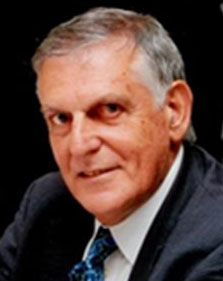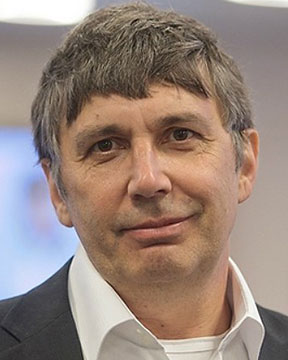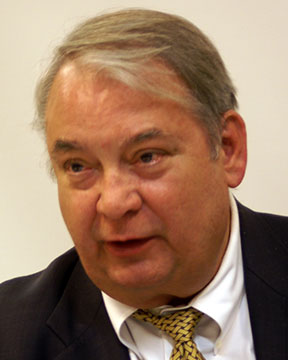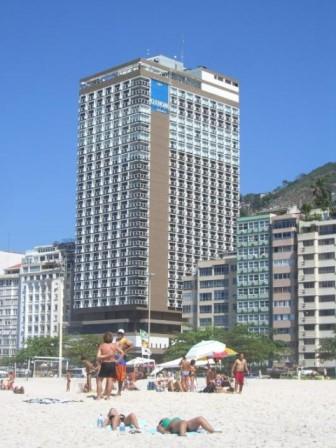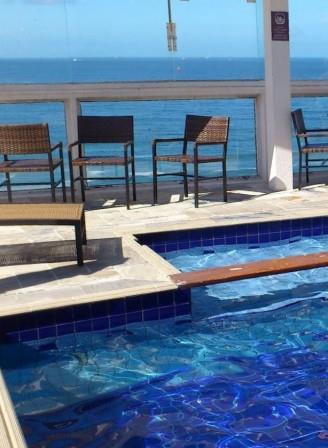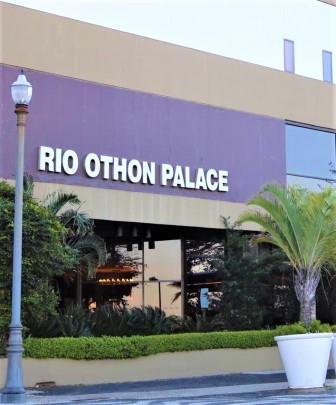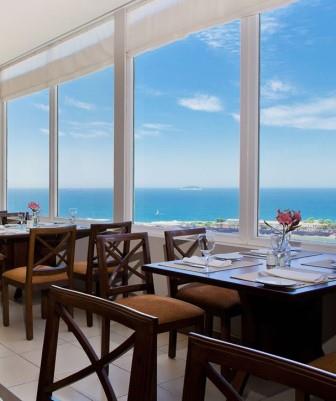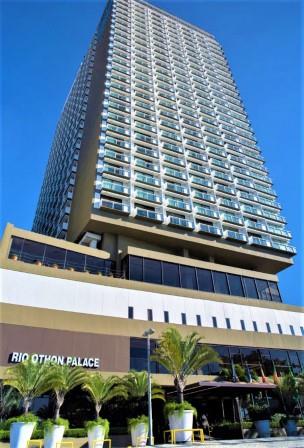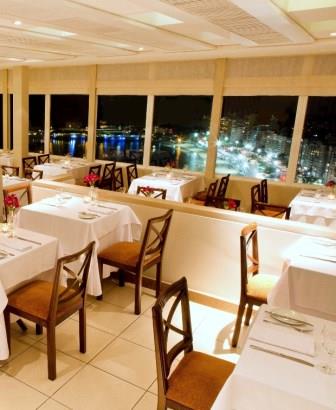ORALS
SESSION: IronMonAM-R1
| Afonso International Symposium on Advanced Sustainable Iron and Steel Making(6th Intl. Symp. on Advanced Sustainable Iron and Steel Making) |
| Mon Nov, 5 2018 / Room: Mar Azul (50/1st) | |
| Session Chairs: Florian Kongoli; Fausto Varela Cançado; Session Monitor: TBA |
11:20: [IronMonAM01] Plenary
The Rise and Fall of the Northern Brazilian Pig Iron Production Paulo
Afonso Gomes1 ;
1Consultant, Belo Horizonte, Brazil;
Paper Id: 370
[Abstract] In July of 1967, an unexpected landing of a Vale's helicopter was the cause of the discovery of the minerals in the province of Carajas. The mines of Carajas, located in the Para State, are today among the biggest iron ore deposits in the world, that contain also manganese, copper and gold minerals. In 1985, Vale made its first transportation of iron ore through the railroad of Estrada de Ferro Carajas and exported it by shipping it out from the port of Ponta da Madeira.
Aided by the incentives given by the Brazilian Government and Vale to develop this region of Brazil, many companies from Minas Gerais state came to Para and Maranhao states and started producing pig iron using mini Blast Furnaces, Vale granulated iron ore, and charcoal made out of the sawmill wood residues that were previously exported. These factors created perfect conditions for pig iron production. As a result, the installed capacity reached more than 5 million tons of pig iron per year, and the production reached its peak between 2006-2008.
Today, less than 30 years later, only one company is producing pig iron for export, while only two others are producing pig iron to use solely in their own steel plants without selling it in the market. The questions of what happened with this boom and bust, and what should be done to remedy this situation remains unanswered. Did the pig iron production using Mini Blast Furnaces that was dominant in this area became unfeasible with high Capex and Opex? Can the production of pig iron resume in a feasible way? Can this be done through a new, more feasible technology that might able to replace the mini blast furnaces with lower Capex and Opex? In the latter case, what should be done with existing Eucalyptus forests planted by the pig iron producers to produce charcoal for mini blast furnaces? And in general: what does the future look like for this region of Brazil? This paper responds to these questions and proposes some solutions which are submitted for a wider discussion.
SESSION: IronMonAM-R1
| Afonso International Symposium on Advanced Sustainable Iron and Steel Making(6th Intl. Symp. on Advanced Sustainable Iron and Steel Making) |
| Mon Nov, 5 2018 / Room: Mar Azul (50/1st) | |
| Session Chairs: Florian Kongoli; Fausto Varela Cançado; Session Monitor: TBA |
12:35: [IronMonAM04] Plenary
FLOGEN CONTOP Design, Decision-Making, Control, Optimization and Automation System Applied at Brazilian Blast Furnaces Paulo
Afonso Gomes1 ; Marcos
De Souza
2 ; Florian
Kongoli
3 ;
1Consultant, Belo Horizonte, Brazil;
2FLOGEN Technologies, Sao Paulo, Brazil;
3FLOGEN Technologies Inc., Mont-Royal, Canada;
Paper Id: 417
[Abstract] FLOGEN Technologies Inc. has implemented and commissioned FLOGEN CONTOP, a Design/Decision-Making/Control/Optimization/Automation System at various blast furnaces of pig iron producers in Brazil.
The system makes instantaneously a complete optimization of all raw materials including limestone, silica, air and oxygen volumes in order to achieve specific targets according to the needs of the company. The main achievements of the implementation of the FLOGEN CONTOP system were the increase of the pig iron production by about 10%, the decrease of total consumption of charcoal (breeze and fines) by about 5%, the increase of fines injected through the tuyeres, a better control of pig iron and slag temperatures, minimization of silica addition (less charcoal consumption), a better control of pig iron composition (mainly Si and P), and complete mass and energy balance.
The CONTOP system was also used to determine the annual procurement strategies and different scenarios and to determine raw material cost-based scenarios regarding productivity, fuel consumption and to develop specific useful scenarios for this purpose.
CONTOP increased productivity and reduced cost up to the highest designed limit of the technology. CONTOP also changed the way of operating from a reactive wait-the-lab-results-approach to a proactive forecast-and-act approach.
13:00 LUNCH


